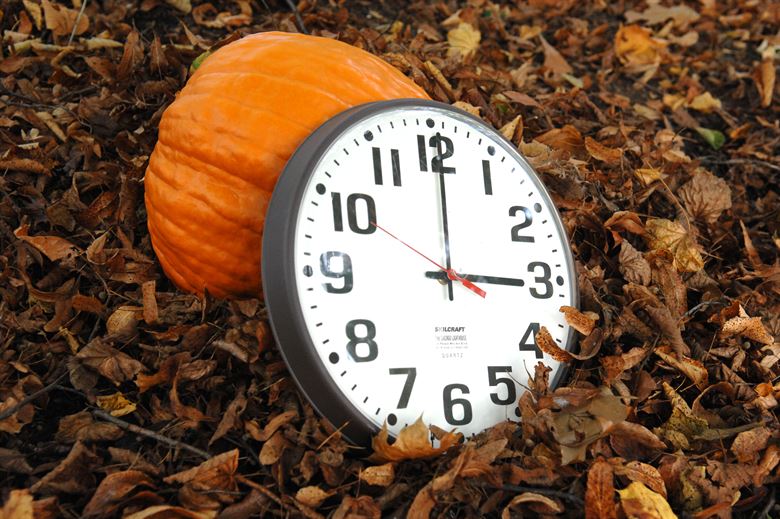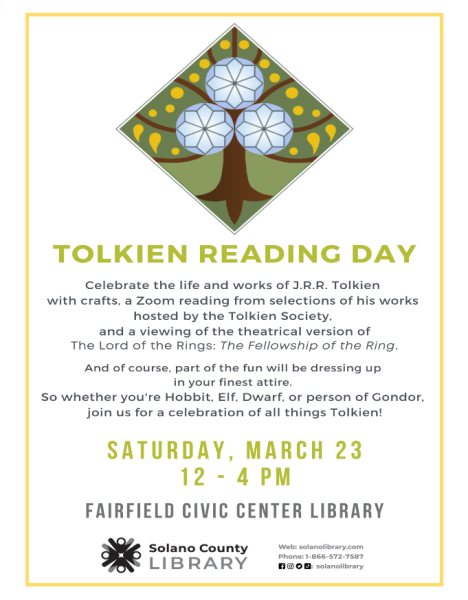Fall Back (to Sleep!)
Daylight Saving began on March 11, but it will all be over on Sunday, November 4. And on November 6, Californians will decide whether it will stay forever or continue to change annually.
The ballot measure to eliminate the shift would put California in a separate time zone from the nearby states for about half the year, creating some conflicts with scheduling and appointment-keeping across state borders. It would, however, eliminate the constant losing / gaining an hour of sleep every year and make the shift in daylight because of the seasons easier to adapt to.
Daylight Saving Time (DST) is the practice of advancing clocks during summer months so that evening daylight lasts longer, while sacrificing normal sunrise times. The main purpose of DST is to make better use of daylight. Around the world, countries change their clocks during the summer months to move an hour of daylight from the morning to the evening. When DST starts in the spring, our clocks are set forward by a certain amount of time, usually by one hour, although some cultures and communities vary when it starts and how much the time is adjusted.
This means that the day of the DST transition has only 23 hours. Most of the United States begins DST at 2 am on the second Sunday in March and reverts to standard time on the first Sunday in November. That Sunday, the day is essentially 25 hours long.
In the U.S., each time zone switches at a different time. According to some sources, DST saves energy. Studies done by the US Department of Transportation in 1975 showed that DST trims the entire country’s electricity usage by a small but significant amount, about 1% each day, because less electricity is used for lighting and appliances. However, there are also problems with changing the clocks, including creating sleep pattern disturbance and plunging the winter months into darkness earlier in the evening when the cycle is changed.








